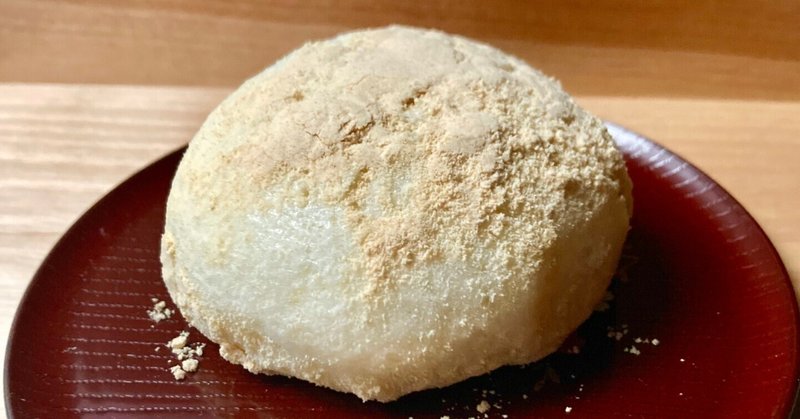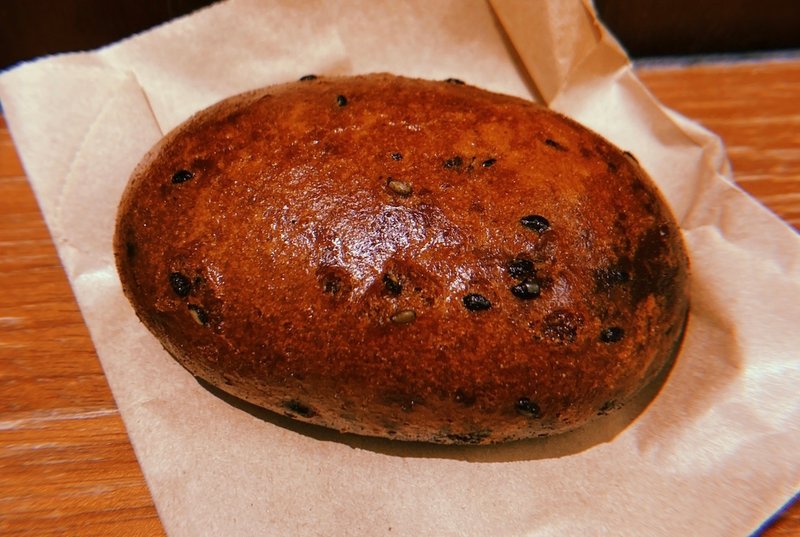
Dig Japan vol.8 “Manju (饅頭)”
Manju (饅頭, まんじゅう) is wagashi that originates from Chinese mantou. There are many different types, but most are made from wheat flour, rice flour, arrowroot flour, buckwheat flour, etc., and are steamed with azuki bean paste. Manju has been loved by the Japanese people for a long time since the 1340s.

There are two main theories about the origin of Japanese manju. One is that it was passed down by Rinjoin, who accompanied the Rinzai sect monk Tokumi Ryuzan as a lay disciple when he returned to Nara in 1349. Rinjoin thought manju as a confectionery accompanied with Zen tea, but since conventional manju contained meat, he allegedly devised one with azuki beans instead. He then moved to Nara near Kankoku Shrine (漢國神社) and opened a shop called Shiose.
The other is that En'ni, who studied in the Southern Song Dynasty, allegedly taught method for production in Hakata, Fukuoka in 1241. En'ni founded the Rinzai sect of Buddhism and Joten-ji Temple in Tsuji-no-do, and when he was traveling around the Aratsuyama area west of Hakata to raise alms, he taught how to make manju to the owner of a teahouse who had always been kind to him. The sign he wrote and gave to the owner of the teahouse at this time, reading Omanjudokoro, is now on display at Toraya Kurokawa in Akasaka, Tokyo. The manju that was introduced to Nara is said to be “Yaku-manju (薬饅頭)” which uses leavening agent, while the Hakata one is said to be “Sake-manju (酒饅頭)” which uses amazake.
At the time when manju was introduced, there were two types: sweet manju which is related to modern one, and “Sai-manju (菜饅頭)” which was mainly made with vegetable filling. The latter is thought to be similar to today's meat buns, but in pre-modern Japan, vegetables were used exclusively as the filling, partly due to the influence of Buddhism. In Buddhist temples, it was considered a type of dim sum and served as a light snack or midnight snack. However, in general society, where rice and noodles were staple foods, and especially noodles such as udon, soba, and somen had existed as snacks from early on, sai-manju hardly took root due to the complicated process for production. Also, unlike sweet manju and noodles, there were no specialized manufacturers producing sai-manju. However, it is often archived in records of meals eaten at temples, and even into the Edo period, the producing method is described as “sai-manju” in “Tofu Hyakuchin (豆腐百珍)” so it seems that it has been eaten as a snack in temples for a long time.

In any case, after manju took root in Japan by the early modern period, its recipe and the outer dough were thought out variously, and many types of manju came to be made. Furthermore, after the Edo period, baked confectionery producing techniques spread to Japan as methods for making nanbangashi (European sweets) and togashi (Chinese sweets). This technique was also applied to manju, giving rise to a uniquely Japanese genre called “Yaki-manju (焼き饅頭).” Since early modern times in the Kanto region, “Yude-manju (茹で饅頭)” made by wrapping beans, miso, or vegetable filling in kneaded flour and boiling it, is a home-cooked dish. The texture is more similar to dango than manju, and its production method does not fit the modern definition of manju, however it is said that it was created as a substitute for real manju by changing the cooking method of oyaki. Some research suggest that yude-manju evolved into puffed manju such as “Tansan-manju (炭酸饅頭)” and “Inaka-manju (田舎饅頭)” with the spread of baking soda.
After the modern era, as communication with the continent became more active, the knowledge of mantou and baozi from the time was reintroduced through Chinese residents in Japan, and thick and fluffy “Chukaman (中華まん)” was developed. In post-modern China, mantou was mainly made without fillings, and sweet bean paste was not very common even in baozi. Thus, chukaman including an-man (あんまん), curry-man (カレーまん) and pizza-man (ピザまん) is thought to made based on Japanese manju.
This article was written by 𝐡𝐢𝐫𝐨𝐤𝐨, working as a freelance translator and press for overseas apparel brands in Japan, with the purpose of broadening her insight into the Japanese traditional culture.
いつも読んでくださってありがとうございます☺︎いただいたサポートは、記事のクオリティ向上に活用させていただきます。応援よろしくお願いします❦
